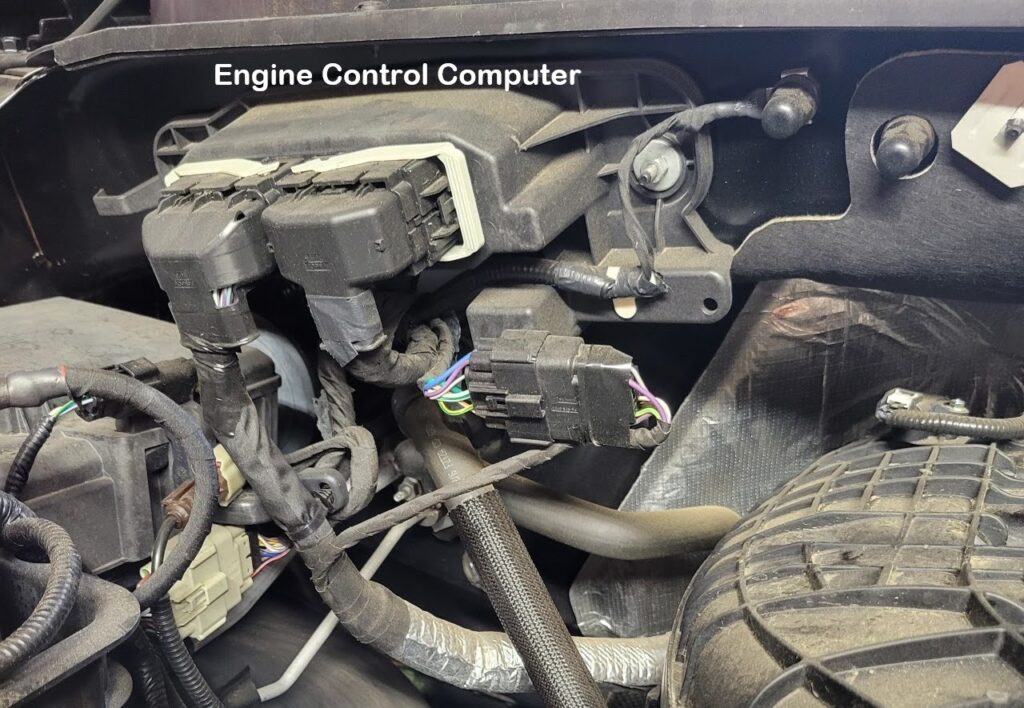
First, we need to clarify what we mean by “computer box.” Let’s back up a few years to an older vehicle just for fun.
A typical 2010 vehicle contains 30 to 50 individual computers, also known as electronic control units (ECUs). Each one of those can be called a “computer box.” These computers manage various functions, including engine performance, transmission, braking systems, airbags, climate control, and infotainment. High-end models may have up to 100 ECUs, especially those with advanced driver-assistance systems.
Modern vehicle engine control computers are practically always located in the engine compartment. Older engine control computers in the 1980s and early 1990s might be located inside the vehicle’s passenger compartment and out of the weather, but with the wires connected to the computer where its connector extends through the bulkhead.
Still farther back into the 1970s and early 80s some engine control computers were located under the driver or passenger seat or mounted above the accelerator pedal.
Tips On How to Access the Computer Box
Find it first, then make sure you know how to disconnect it. If you don’t know how and haven’t done it before, don’t go there. You can cost yourself a lot of money tinkering with it. You might look for a YouTube video on removing the PCM/ECM on your vehicle just to get some info.
Any information provided on this Website is for informational purposes only and is not intended to replace consultation with a professional mechanic. The accuracy and timeliness of the information may change from the time of publication.
































